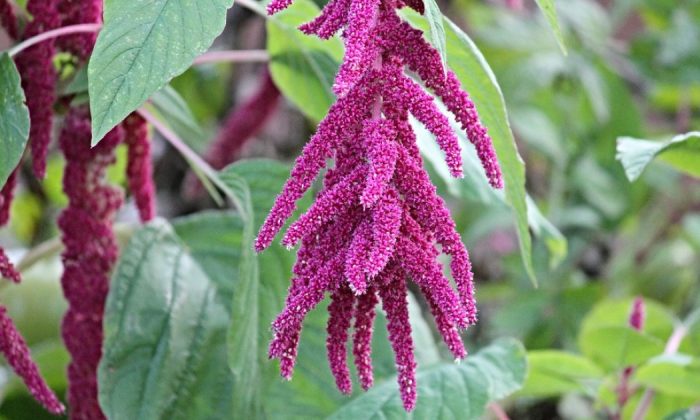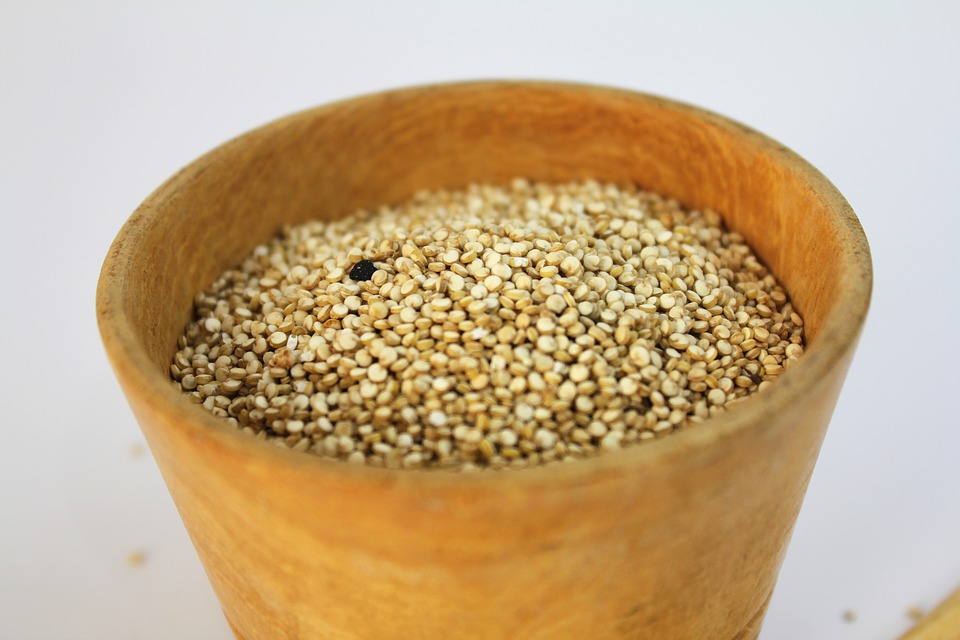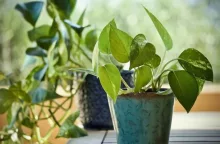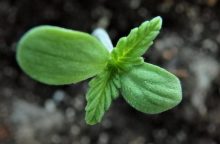Do you only see the great amaranth as a common house plant?

Well, many of us do, but the Mayans, Aztecs or Incas valued it above all else and we shall tell you why. We “only” like its interesting flowers and if you want the “healthy” amaranth you probably go to a health food store.
So, what is so great about this interesting plant?The genus Amaranthusincludes more than 60 species, but only few of them are used for seed cultivation. Not only the seeds are edible, but also young leaves. So, if you like salads or herb stuffing, you can definitely try some amaranth leaves.
South America and the gift of the gods
According to archaeological findings, amaranth was cultivated as early as 4,000 years before Christ and when amaranth matured, people celebrated the event. Why? Well, because a large and matured plant produced about two kilograms of seeds, from which people made flour. A gluten-free flour we may add.
But the Aztecs went even further.For them, amaranth was a mystical plant that gives an extra strength.Women even prepared cakes shaped like snakes or birds from amaranth flour and human blood and they even threw in a small pinch of copper. These cakes were consumed during religious ceremonies.
Photo: Pixabay
However,the Christian missionariesdecided to put an end to this. They burned all amaranth they could find and threatened to cut off the hands of anyone with even a single seed. So, the cultivation of this crop in America was almost forgotten and no one grew amaranth for a long time.
Amaranth as a garden decoration of our grandmothers
However, much later people noticed the interesting colours and unusual shape of amaranth and began to grow it again. For a while at least. Maybe you saw amaranth.It was a very popular plant with our grandmothers who planted it often in their gardens. Maybe because it is a very undemanding plant. Amaranth does not mind droughts or poor soil, and pests or diseases rarely attack it.
This is great news if you want to start growing amaranth. It is not difficult to get grains from it, and apart from occasional watering, it does not need anything else, perhaps little bit of fertilizer twice a year. You can saw it as early as in April and be ready for next season…Amaranth will do well in Central European climate and it will ripe fully at the turn of September and October. One reminder. The grains are very small – 1 to 1.5 mm. To make flour the grains are simply ground just like any other grains.
The flour is naturally gluten-free and also contains a number of other valuable substances such as calcium, iron, magnesium, as well as vitamins B, C and E. We shall also mention the valuable essential amino acids such as leucine, isoleucine and tryptophan.
An interesting fact. Did you know that in tropical regions of the world, amaranth can be harvested up to three times a year? Isn’t’ that great!
Preview photo: Pixabay

Gardening is my hobby, I have a lot of experience and I am happy to share it.









0 comments